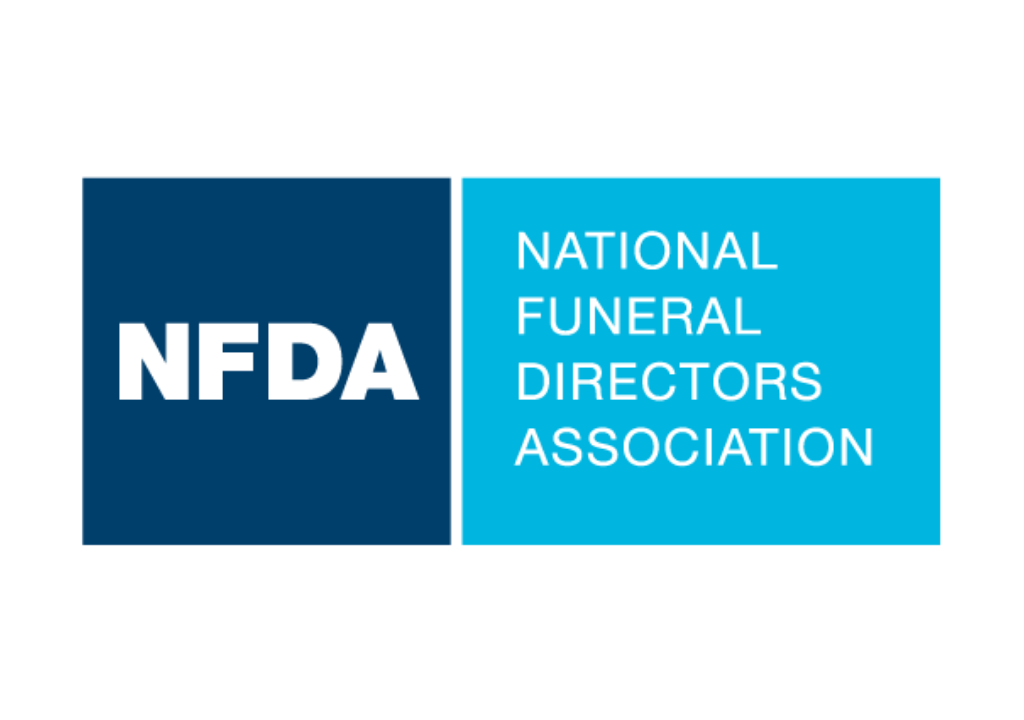Bringing the Coffin Industry Back From the Dead

One of the top-rated manufacturing plants in the country, at least judging by a recent string of awards, is a coffin factory in Manchester, Tennessee, about halfway between Nashville and Chattanooga. The plant, one of several owned by the Batesville Casket Company, assembles approximately 1,100 coffins daily, producing 97 percent of the required parts on site.
Using barcodes and touch-screen computers, line workers can custom-build the caskets more than a thousand different ways, outfitting them in 22 possible colors, with an array of decorative hardware, interior trimmings, and personalized ?life symbols.?
.
This sector of the American death-care industry, despite its obvious certainties, is actually ailing. People are not only living longer, they?re also buying Chinese-made caskets and, in dramatically increasing numbers, choosing cremation. To survive in such a climate, Batesville Casket in 1995 began following an unlikely path: the Toyota Way. It adopted the automaker?s signature ?lean? production system, as well as Toyota?s philosophy of ?continuous improvement,? or kaizen, which is now gospel at the Manchester plant. In the 15 years since, the factory has slashed manufacturing costs by 25 percent and the number of work hours devoted to each coffin by 40 percent. In 1999, one of every five caskets came off the line requiring repairs; today, that number is less than 1 in 100.
On the August morning I visited the shop floor, I was surprised to see entire sections of the factory vacant. With its economical flow-mapped assembly line and just-in-time ?pull? inventory system, the plant now required about half its former space to operate at full capacity. Mary Jo Cartwright, the plant?s director of operations, told me about a worker new to the interiors line who was asked after her first day whether she could handle the job of resupplying the seamstresses. Visual displays were everywhere; sheer material for mattresses and canopies hung from color-coded racks that simply needed to be matched with corresponding colors. ?This is kindergarten,? the worker said.
In the aftermath of Toyota?s recent recall troubles, some observers have questioned the car company?s methods. But the consultants and academics who have come to specialize in Toyota?s lean systems defend the model with a simple pivot, saying, Zen-like, that Toyota just lost sight of its own philosophy. The company?s ?failure to follow all the principles of the Toyota Way led to this crisis,? explains Jeffrey Liker, the author of several popular books on Toyota practices. ?Now the Toyota Way is the only way out of it.?
The Batesville Casket Company has kept the faith. Last year, it sent two busloads of employees up to Toyota?s Georgetown, Kentucky, facility to study how line workers engage in continuous improvements. Batesville?s parent company, Hillenbrand, has begun buying up businesses and intends to infuse them with the operational methods honed at its casket plants. It is marketing these systems as a brand called Hillenbrand Lean Business. A graph in an HLB brochure shows a company?s current performance lying flat on the X axis, with its ?magnitude of change? rising up to become a vertical line as it implements the new system.
How such a lean refitting affects workers on the factory floor receives far less attention. Batesville?s management has guaranteed that no employees will lose their jobs because of a ?kaizen event,? an activity in which workers are encouraged, through various exercises, to demonstrate how they themselves could be made superfluous. But Mike Parker, a labor writer who has described lean production as ?management by stress,? told me the Toyota Way fixates on efficiency and productivity at the expense of workers. ?There?s no place to consider whether some very narrowly defined, de-skilled job offers any satisfaction.?
The Manchester factory?s 370 ?associates??the name given to its hourly workers?are represented by the United Steelworkers. As casket caps and shells moved past on separate lines, Pat Carr, the local union president, showed me two giant robotic arms, indicating that one of them had replaced four people and the other, 16. He told me that the associates had at first resisted the lean initiatives and the steady pressure to reduce task times. But Batesville?s home office was looking to close a couple of its factories, and Manchester had to prove itself more valuable than a newer and better-equipped plant in Kentucky. In this part of Tennessee, most manufacturing jobs had long since disappeared, and few of those remaining paid close to Batesville?s average rate of $17.70 an hour. It was no time to debate the finer points of overwork or the human limits of continuous improvement. Last year, during the most-recent contract negotiations, the union grudgingly agreed that the plant could use temps, paid as little as $10 an hour, for up to a fifth of the workforce.
?It?s not perfect here,? said Carr. ?But we?ve got to have our jobs. We?ve got cremation, and competition from China. And then within the company, it?s dog-eat-dog when it comes to one plant over another. Everyone wants to survive.? In death care, as in just about all manufacturing today, that survival inevitably entails the demise of others.
Source: thealantic.com
Image credit: Hollis Bennett/Wonderful Machine



